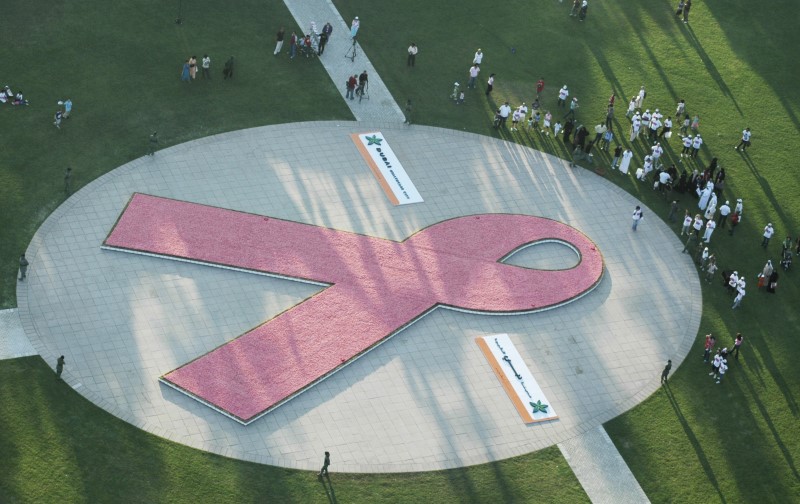(Reuters Health) – Women are becoming more aware of the term “breast density,” but they aren’t as familiar with its relation to breast cancer risk or mammograms, according to a small U.S. study.
In particular, African American and Ashkenazi Jewish women, who may be at a higher risk for breast cancer, seemed to be less knowledgeable about breast density, researchers found.
“There’s a national movement to increase women’s awareness of breast density and help them make better healthcare decisions,” said Jennifer Harvey, study author and co-director of the University of Virginia Breast Care Program in Charlottesville, Virginia.
“Although women are more aware of this topic, they don’t understand the implications of what having dense breasts means,” she told Reuters Health. “It can be really common.”
Breast density compares the amount of fat to the amount of other types of tissue in a mammogram image. Dense breasts contain more glandular and fibrous tissue than fatty tissue. Typically, breast density decreases as women age.
Previous studies have found that breast density reduces the sensitivity of mammography because there is more tissue to scan and study. In addition, density is considered an independent risk factor for breast cancer due to increased estrogen production, genetic heredity and elevated growth factors in the breast tissue of women with dense breasts, according to Harvey.
In the current study, Harvey and her colleagues interviewed 1,024 randomly selected Virginia women between ages 35 and 70 by phone. They asked questions about breast density, breast cancer risk and mammograms. Virginia is one of 24 states that require patients to be notified when imaging finds they have dense breasts. The law had been in place for a year when the study was conducted.
More than 90 percent of the women interviewed said they were checked for breast cancer in some way in the last five years, and 75 percent had a mammogram in the last five years.
About half of the women who had a mammogram in the last year said their healthcare provider informed them about the density of their breasts, which the researchers expected. However, about 30 percent said they weren’t familiar with the concept of “breast density.”
Of all the respondents, just 5 percent could correctly answer three questions about breast density knowledge, the study authors write in the Journal of the American College of Radiology.
“Although health practitioners may say women don’t need mammograms every year, we suggest that those with dense breasts really do,” Harvey said. “Density not only decreases our ability to see cancer but also increases the risk of cancer, which makes this message even more important.”
In 2015, the American Cancer Society shifted its guidelines to encourage women to start annual screenings at age 45 instead of 40 and cut back to every other year once they turn 55. The U.S. Preventive Services Task Force recommends mammograms every other year for women between 50 and 75.
The current study is restricted to Virginia and is a snapshot of a moment in time at a handful of facilities, said Christoph Lee, associate professor of radiology at the University of Washington in Seattle, who wasn’t involved with the research.
“While having dense breasts leads to an increased risk of developing breast cancer, the magnitude of increased risk is debated,” he told Reuters Health by email.
“Since it is most likely an intermediate risk factor overshadowed by other risk factors such as personal or family history, it remains uncertain what women should do with this added information, if anything,” he said.
The study assesses knowledge but doesn’t suggest ways to educate women about breast cancer risk, Lee added. The next step is to explain risk to women in a way that is “efficient and effective and does not cause undue anxiety,” he said.
“We need to do a better job of educating women, especially African American and Jewish women, about what this means for them,” Harvey said. “There are many resources available online, and we need to help them find that information.”
SOURCE: Journal of the American College of Radiology, online September 24, 2016.
Copyright 2016 Thomson Reuters. Click for Restrictions.



